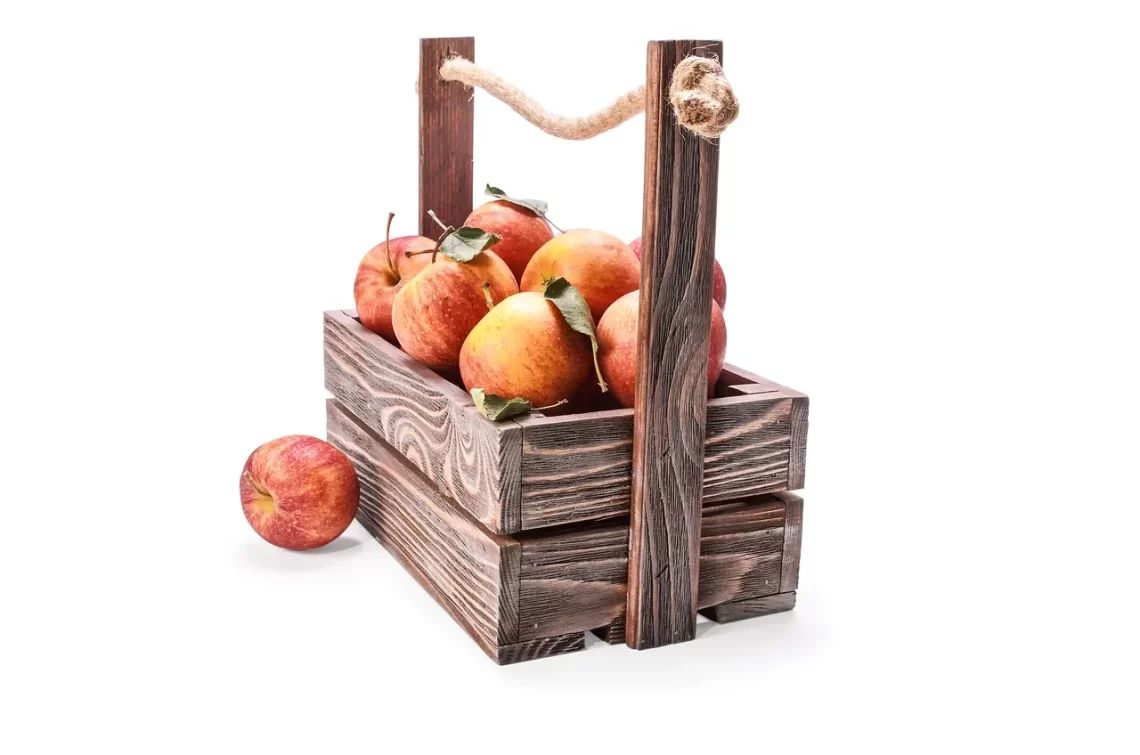
The Ultimate Guide to Choosing a Chew Proof Dog Crate
Choosing the right dog crate is essential for pet owners, particularly those with chewed and inquisitive pups. A crate serves as a safe haven, providing a sense of security for your dog while also keeping your home intact. However, not all crates are created equal, especially when it comes to durability and chew resistance. For dog owners with particularly determined chewers, the challenge lies in finding a crate that can withstand their pet’s tenacity.
A chew-proof dog crate is more than just a piece of furniture; it serves as a training tool, a safe space for your dog, and a solution to prevent destructive behaviors. Understanding the materials, design, and features that contribute to a crate’s chew-proof nature is essential for making an informed decision. With the right information, you can ensure that your furry friend has a comfortable and secure place to rest while also protecting your investment.
In this guide, we will explore the various aspects that should be considered when selecting a chew-proof dog crate so that you can make the best choice for both you and your canine companion.
Understanding Chew-Proof Materials
When it comes to chew-proof dog crates, the materials used in their construction play a crucial role in their effectiveness. Different types of materials offer varying degrees of durability and resistance to chewing.
Metal is often regarded as the best material for chew-proof crates. Heavy-gauge steel is particularly effective, as it can withstand significant force and resist gnawing. Look for crates with welded joints rather than plastic components that can be easily broken or chewed through. Additionally, some metal crates come with a powder-coated finish, which not only increases their durability but also makes them easier to clean.
Plastic crates can be a good option for certain dogs, particularly those who are not aggressive chewers. High-quality, heavy-duty plastic can withstand some wear and tear, but it is essential to check for any weak points in the design. Reinforced corners and thicker walls can enhance the crate’s overall durability.
Another material worth considering is fiberglass, which is often used in specialized crates for particularly aggressive chewers. Fiberglass is lightweight yet incredibly strong, making it an excellent option for dog owners who need a crate that can withstand the most determined pups. However, these crates can be more expensive, so it is essential to weigh the cost against your dog’s chewing habits.
In summary, understanding the materials used in the construction of chew-proof crates is vital. Metal crates are typically the most durable, while high-quality plastic and fiberglass can provide good alternatives. Assessing your dog’s chewing tendencies will help you choose the most appropriate material for their needs.
Design Features That Enhance Durability
In addition to the materials used, the design of a chew-proof dog crate can significantly impact its durability. Certain design features can enhance a crate’s ability to withstand chewing and provide a secure environment for your dog.
One key feature to consider is the type of door mechanism. Crates with double-locking mechanisms are ideal for escape artists and determined chewers. These locks make it more difficult for dogs to open the crate, ensuring that they remain securely inside. Look for crates that have heavy-duty latches that are resistant to wear and tear.
Ventilation is another essential aspect of crate design, especially for dogs that may spend extended periods inside. Proper airflow can help prevent overheating and ensure your dog remains comfortable while in the crate. However, it’s crucial to ensure that the ventilation holes are small enough to prevent chewing. A well-designed crate will balance ventilation with safety, offering enough airflow without compromising durability.
The overall construction of the crate should also be taken into account. Crates designed with reinforced corners, thicker frames, and solid bases are less likely to be damaged. Additionally, raised bases can help prevent water damage and ensure that the crate remains stable, even if your dog gets a bit rambunctious.
Lastly, consider the size and weight of the crate. A heavier crate is generally harder for dogs to move or tip over, adding an extra layer of security. Make sure to choose a crate that is appropriately sized for your dog, allowing them enough space to stand, turn around, and lie down comfortably.
Design features play a significant role in the durability of chew-proof dog crates. Opt for crates with robust locking mechanisms, proper ventilation, and solid construction to ensure your dog’s safety and comfort.
Choosing the Right Size for Your Dog
Selecting the right size crate is essential for your dog’s comfort and security. A crate that is too small can make your dog feel cramped and stressed, while one that is too large may encourage them to use one corner as a bathroom area. Finding the right balance is key to creating a positive crate experience.
To determine the appropriate size, measure your dog from the tip of their nose to the base of their tail while they are standing. Add a few inches to this measurement to ensure they have enough space to turn around and lie down comfortably. Additionally, consider the height of your dog when measuring; they should be able to stand up without their head touching the top of the crate.
If you have a puppy, consider their potential adult size when selecting a crate. Some crates come with dividers that allow you to adjust the interior space as your puppy grows. This feature can save you money in the long run, as you won’t need to purchase multiple crates as your dog ages.
Remember that different breeds have unique space requirements. Larger breeds may need more headroom, while smaller breeds might prefer a snugger space. Research your specific breed’s needs to ensure you choose the most suitable crate size.
In conclusion, selecting the right size crate for your dog is crucial for their well-being. Measure your dog accurately and consider their future growth to ensure that they have a comfortable and secure space to call their own.
Training Your Dog to Use the Crate Effectively
Once you have chosen a chew-proof crate that meets your dog’s needs, the next step is to train them to use it effectively. Proper crate training can transform the crate from a mere containment tool into a safe haven for your dog.
Start by introducing your dog to the crate gradually. Place it in a common area of your home and allow your dog to explore it at their own pace. Use positive reinforcement techniques, such as treats and praise, to encourage them to enter the crate voluntarily. You can place their favorite toys or a comfortable blanket inside to make it more inviting.
Once your dog is comfortable entering the crate, practice closing the door for short periods while they are inside. Gradually increase the length of time they spend in the crate, ensuring they remain calm and relaxed. Never use the crate as a form of punishment, as this can create negative associations.
Consistency is key during the training process. Establish a routine that includes regular crate time, especially during times when you cannot supervise your dog. This will help them understand that the crate is a safe and secure space.
Additionally, ensure that your dog has ample opportunities for exercise and play outside of the crate. A well-exercised dog is less likely to exhibit destructive behaviors when left alone.
In summary, effective crate training is essential for your dog’s comfort and security. Use positive reinforcement, establish a routine, and ensure your dog has plenty of playtime to help them feel at home in their chew-proof crate.
In conclusion, selecting the right chew-proof dog crate requires careful consideration of materials, design features, size, and training techniques. By understanding these factors, you can provide your dog with a safe and secure environment while protecting your home from potential damage.
This article is not a substitute for professional veterinary advice. Always consult with your veterinarian regarding any health-related issues or concerns.




